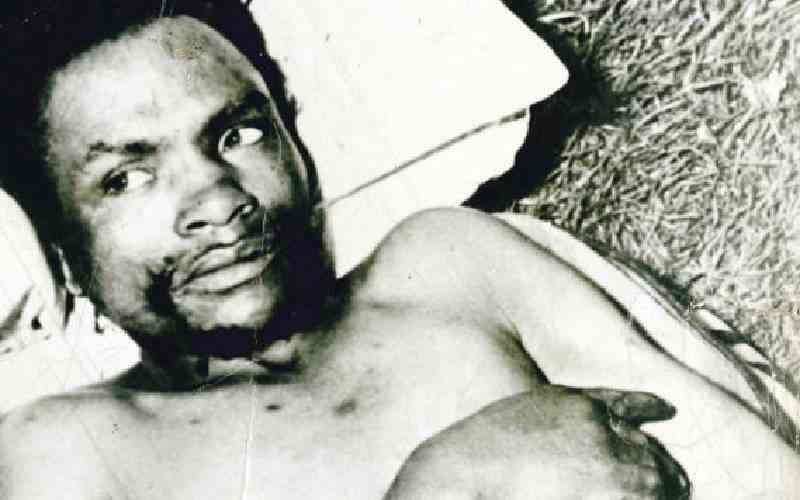
Among the men and women of high value that had respect for Kenya's Dedan Kimathi was the African continent's hero and South African President Nelson Mandela. Mandela expressed his disappointment with the way Kenya had treated its illustrious son when upon his release in February 1990, made a tour of the world and Kenya was one of his stops.
A specialist in Oral and Ecclesiastical history Prof Julius Gathogo says Mandela's inquiries about Kimathi's burial place and whereabouts of his widow upon his arrival in Kenya confirmed that indeed Kimathi had been an inspiration to African National Congress's own militant activities in the late 50s. Gathogo says Nelson Mandela's stopover in Kenya, pricked the conscience of Kenyans regarding that matter.